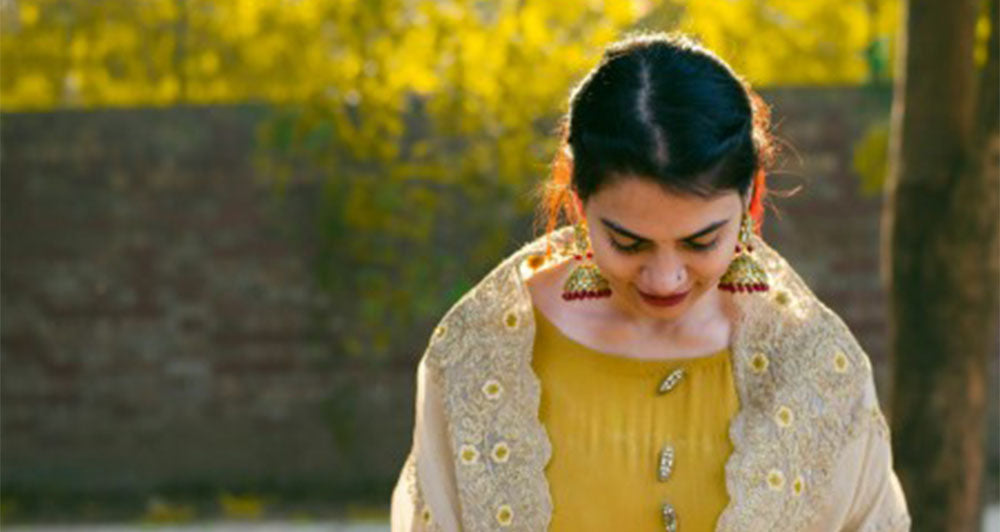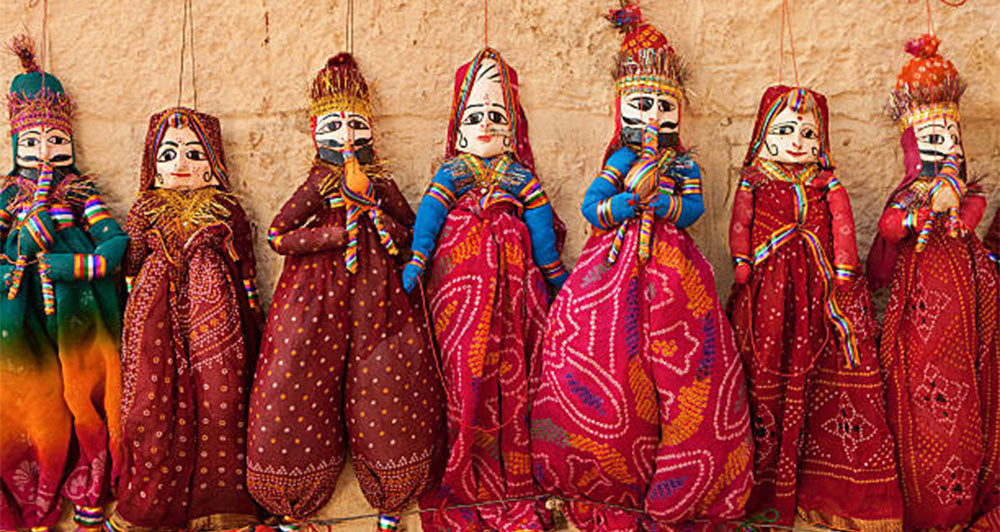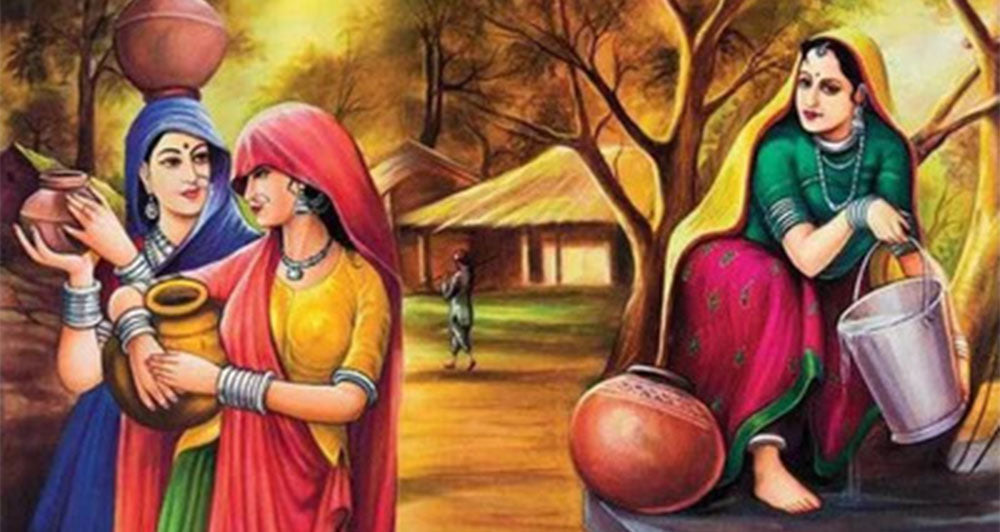
Exploring the Rich Heritage of Punjab: A Journey Through History and Traditional Attire
The Grandeur of Organza and Tissue Silk: A Legacy of Luxury and Handmade Artistry in Punjabi Clans
Punjab, a land rich in history, culture, and heritage, is home to some of the most luxurious textile traditions. Among these, Organza and Tissue Silk stand as symbols of regality and refinement, gracing the wardrobes of Punjab’s noble and aristocratic families for centuries. These fabrics are not just textiles; they are woven narratives of luxury, status, and cultural pride. When adorned with intricate handmade embroidery, phulkari, zardozi, gota patti, and threadwork, they transform into heirlooms of unmatched splendor, reflecting the essence of Punjabi grandeur—the traditional attire of the region.
A Tapestry of Time: The Heritage of Organza, Tissue Silk, and Handmade Work in Punjabi Clans
The noble families of Punjab, particularly the Sodhis, Randhawas, Sandhus, and other prominent clans, have always been connoisseurs of fine fabrics. From the grand courts of Patiala, Amritsar, and Kapurthala to the private collections of aristocratic lineages, Organza and Tissue Silk have been at the forefront of sartorial elegance. These fabrics were reserved for special occasions, signifying wealth and grandeur. Handmade embroidery further elevated their significance, making each piece a work of art.
Organza, with its lightweight yet structured form, was often chosen for layering over lehengas, odhnis, and salwar suits, while the luminous glow of Tissue Silk added a celestial charm to ceremonial attires. When adorned with handwoven motifs, delicate phulkari work, and regal embellishments, these fabrics became the hallmark of Punjab’s elite, embodying the essence of Punjabi luxury.
The Weaving and Handcrafting Process: Crafting Luxury
Both Organza and Tissue Silk are crafted through meticulous weaving techniques that demand precision and artistry. Organza, primarily woven from silk threads, undergoes a unique process that gives it a crisp texture, making it ideal for structured garments. Tissue Silk, on the other hand, is a delicate blend of silk and metallic yarns, giving it a luminous sheen that catches the light exquisitely.
What sets these fabrics apart in Punjab’s heritage is the intricate handmade work that adorns them. Skilled artisans spend months, sometimes years, crafting each piece. Techniques like phulkari, zardozi, gota patti, kashida, and mirror embroidery add depth and grandeur to the fabrics. These embellishments, done with real gold and silver threads, are exclusive to luxury households and have been a prized possession of the elite for generations.
The Use of Organza, Tissue Silk, and Handmade Work in Punjabi Clans’ Attire
Punjab’s noble families embraced Organza and Tissue Silk with elaborate handwork for various occasions:
1. Wedding Attire
Punjabi brides and grooms adorned these luxurious fabrics in their wedding ensembles. Organza dupattas with heavy gold embroidery were draped over intricate Tissue Silk lehengas, creating an ethereal look. Even the sherwanis of the grooms featured subtle Organza overlays and Tissue Silk linings, enriched with handmade threadwork and regal motifs. The traditional Patiala salwar suits with exquisite phulkari embroidery remain a staple in elite Punjabi weddings.
2. Festive Celebrations
Be it Lohri, Baisakhi, or Diwali, the elite families of Punjab donned Organza and Tissue Silk ensembles featuring exquisite handcrafted detailing. Women paired heavily embroidered Tissue Silk suits with Organza odhnis, while men flaunted angarkhas and bandhgalas in these regal weaves, often adorned with delicate mirror work and gota patti borders. The Basanti-colored Phulkari dupatta for Baisakhi celebrations in Tissue Silk remains a significant part of Punjabi festive wear.
3. Courtly Gatherings and Religious Ceremonies
Royal gatherings and Gurudwara visits were another arena where these fabrics showcased the grandeur of Punjab’s aristocracy. Women’s salwar kameez sets made of Tissue Silk, adorned with real gold and silver threads and handwoven motifs of peacocks and floral patterns, were often passed down generations as heirlooms. The chandani odhnis (moonlit veils) in Organza with gota work were a staple in religious offerings and auspicious occasions.
4. Special Occasions and Political Meetings
During grand assemblies, diplomatic meetings, and visits by foreign dignitaries, members of royal and business families showcased their wealth through elaborately handcrafted Organza and Tissue Silk ensembles. The detailed handwork on these outfits reflected not just the artistic excellence but also the legacy of their heritage. The traditional Punjabi kurta-pajama with embroidered shawls in Tissue Silk signified honor and status.
The Symbolism of Organza, Tissue Silk, and Handmade Work in Punjabi Luxury Attire
These fabrics were more than just a display of wealth—they represented a family’s standing and lineage. The color choices also played a symbolic role: deep reds, golden yellows, and royal blues were reserved for grand festivities, while pastel shades in Organza were favored for sophisticated day events.
Owning garments made from Organza and Tissue Silk with intricate handmade work was a matter of prestige. The elite even commissioned exclusive pieces from master weavers, ensuring that their ensembles remained unparalleled in craftsmanship and uniqueness. The handmade detailing not only added aesthetic appeal but also held cultural significance, as motifs often depicted Sikh symbols, nature, and royal insignia.
Modern Revival: Organza, Tissue Silk, and Handmade Work in Contemporary Punjab
Today, the charm of Organza and Tissue Silk continues to reign in Punjab’s luxury fashion scene. With modern adaptations by designers, these fabrics have found a place in global haute couture while retaining their traditional essence. Influential families and celebrities still opt for custom-made Organza and Tissue Silk outfits, richly adorned with handmade embroidery, for grand occasions, keeping the heritage alive.
Fashion houses in Punjab have also begun blending these fabrics with contemporary silhouettes, making them more versatile. Gowns with gota patti work, Organza jackets with intricate hand embroidery, and Tissue Silk dupattas with modern embellishments are now a common sight at elite events.
Preserving the Legacy: The Role of Artisans and Designers
Artisans who specialize in handmade embroidery and weaving techniques are the backbone of this legacy. To ensure that the grandeur of Organza and Tissue Silk remains intact, designers are working closely with these skilled craftsmen. Initiatives have been taken to train new generations in the art of embroidery, ensuring that the age-old techniques of phulkari, zardozi, and kashida on silk are not lost to mechanization.
Moreover, luxury fashion brands are collaborating with Punjab’s weavers to create exclusive collections that appeal to the modern elite while staying true to the roots of heritage fashion.
Conclusion: A Legacy Woven in Silk and Embellished by Hand
Organza and Tissue Silk, adorned with exquisite handmade work, are not just fabrics; they are living traditions of Punjab’s noble heritage. They encapsulate the grandeur, legacy, and exquisite taste of the royal families that have cherished them for centuries. Even in the contemporary world, these textiles continue to exude the same aura of regality, proving that true luxury is timeless.
Whether draped in a palace courtyard or showcased on international runways, Organza and Tissue Silk, enriched with Punjab’s unparalleled craftsmanship, remain the pride of the region. They stand as a testament to the artistry, culture, and regal grandeur that define the heritage of Punjab’s elite families through their luxurious attire.



